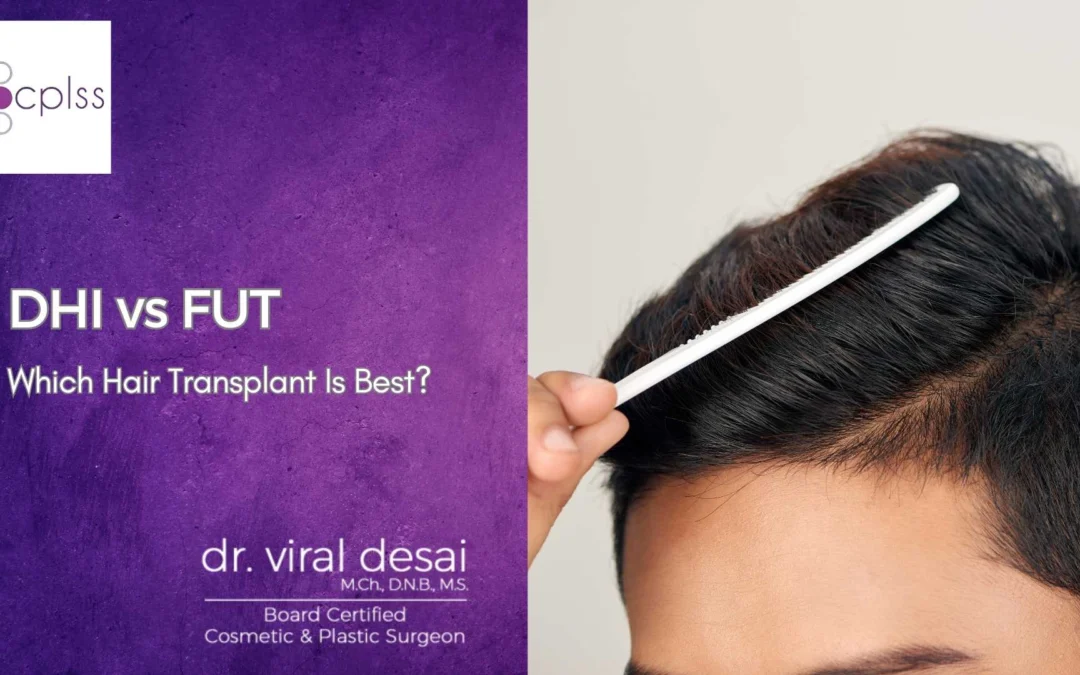DHI Hair Transplant Vs FUT
In the world of hair restoration, many individuals find themselves deciding between Direct Hair Implantation (DHI) and Follicular Unit Transplantation (FUT). Both techniques aim to restore hair to areas of thinning or baldness, but they differ significantly in how they achieve these results. This article will delve into the differences, pros, cons, and other essential factors concerning DHI and FUT.
Introduction
Hair loss can significantly impact an individual’s self-esteem and overall quality of life. Thankfully, advancements in medical technology have led to the development of various hair transplant procedures, two of which are DHI and FUT.
What is DHI?
Direct Hair Implantation (DHI) is a modern technique that involves extracting hair follicles one by one from a donor area (usually the back of the head), and implanting them directly into the recipient area without creating prior incisions.
What is FUT?
On the flip side, Follicular Unit Transplantation (FUT) involves removing a strip of skin with hair from the donor area, dissecting it into individual follicular units, and then implanting these units into tiny incisions made in the recipient area.
Procedure Comparison
Both DHI and FUT have unique procedures that cater to different needs and preferences.
Procedure of DHI
In DHI, a specialized tool known as a Choi Implanter is used to directly implant hair follicles into the scalp, reducing the time follicles spend outside the body and potentially leading to higher survival rates.
Procedure of FUT
FUT, on the other hand, requires a surgical removal of a skin strip, which can lead to a more extended healing period and a linear scar.
Recovery and Results
Recovery times and the results you can expect vary between the two methods.
Recovery from DHI
DHI tends to have a quicker recovery time due to less invasive techniques, usually returning to normal within a week.
Recovery from FUT
Recovery from FUT can take several weeks, and patients may experience more discomfort due to the surgical wound.
Cost Comparison
The cost of a hair transplant can be a significant deciding factor.
Cost of DHI
DHI is generally more expensive due to its labor-intensive nature and the expertise required.
Cost of FUT
FUT tends to be more affordable, but the price may vary depending on the complexity of the case and geographic location.
Advantages and Disadvantages
Each procedure comes with its own set of pros and cons.
Advantages of DHI
- Lesser invasiveness
- Quicker recovery
- No visible scarring
Advantages of FUT
- Cost-effective
- Suitable for large areas of baldness
Disadvantages of DHI
- Higher cost
- Requires skilled professionals
Disadvantages of FUT
- Linear scarring
- Longer recovery time
Conclusion
In choosing between DHI and FUT, various factors such as cost, recovery time, and the extent of hair loss should be considered. Both procedures have their merits, and consulting with a hair restoration specialist can help determine the most suitable option for you.
FAQs
- Is DHI better than FUT?
- The suitability of DHI versus FUT varies depending on individual circumstances and preferences.
- Which procedure has faster recovery?
- DHI generally has a faster recovery period compared to FUT.
- Is FUT cheaper than DHI?
- Yes, FUT is typically more affordable than DHI.
- Will either procedure leave scars?
- DHI is less likely to leave visible scars, while FUT can result in a linear scar.
- Can I choose either procedure regardless of my hair loss extent?
- It’s advisable to consult with a hair restoration specialist to determine the most suitable procedure based on your hair loss extent and other factors.


